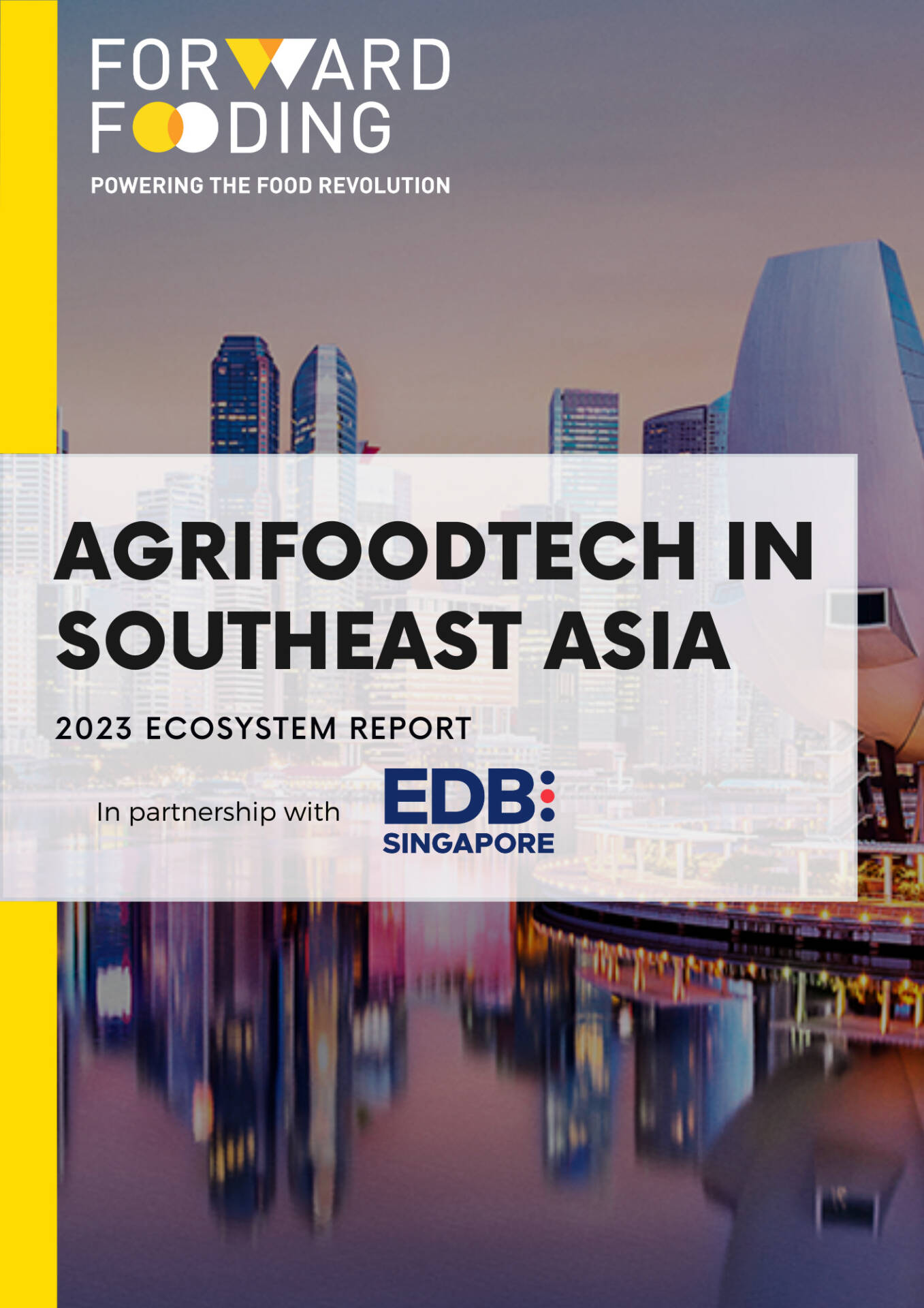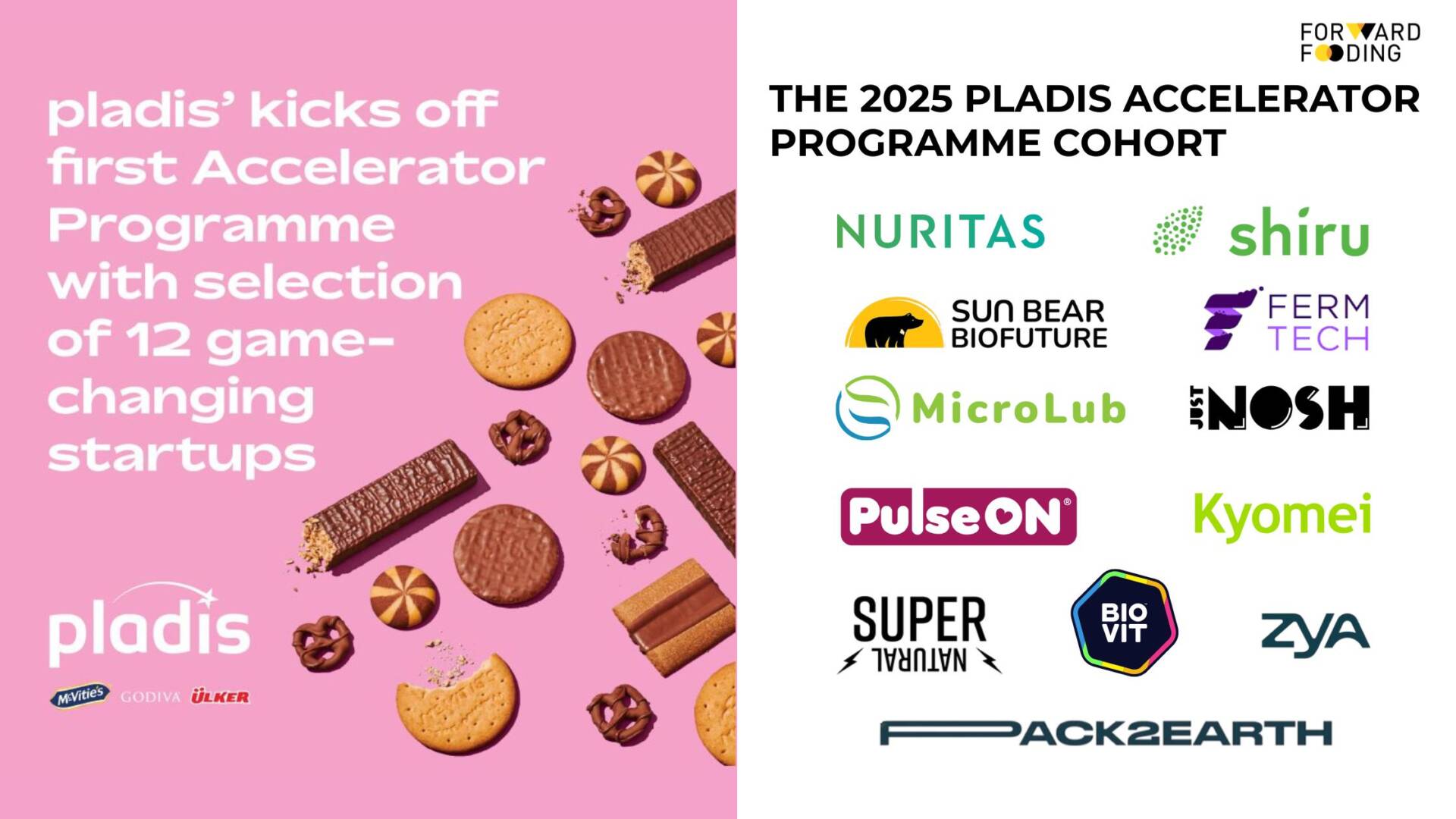FORWARD FOODING
THE BLOG
Unlocking the Potential of Plant Molecular Farming: A Beginner’s Guide

Imagine a world where plants are not just a source of food, but also factories that produce life-saving medicines, vaccines, and food. This fascinating concept is no longer confined to science fiction—it’s a reality known as “plant molecular farming” (PMF). In this blogpost, we’ll take you through the essential steps and concepts of this revolutionary technology.
In our previous article titled “Unlocking the Potential of Plant Molecular Farming,” we concluded that with the growing emphasis on alternative proteins, researchers are increasingly leveraging PMF to create animal-free proteins, food components, pigments, natural colourants, and more.

Market Insights
Despite PMF’s relatively incipient adoption within the food industry (as evidenced by the FoodTech Data Navigator listing fewer than 20 companies in this specific sector), this technology is already gaining substantial interest and enthusiasm.
The Good Food Institute (GFI) has recently hinted that “plant molecular farming” may represent a fourth pillar in the field of alternative proteins. As reported by GFI, plant molecular farming is currently being used by 12 companies globally to produce various products like casein, lactoferrin, and animal-free dairy proteins. Although there are currently no molecular farming startups in the Asia-Pacific region, except for one in New Zealand, the growing interest in alternative proteins in Asia will likely change this soon.
Let’s Talk Molecular Farming: What’s the Buzz About?
In the realm of the food industry, molecular farming represents a favourable avenue for the creation of animal proteins that constitute the building blocks of the visual and gustatory aspect of eggs, dairy, and meat products.
How? Plant Molecular farming (PMF) involves genetically engineering plants to make proteins typically synthesised by animals. It’s cost-effective and scalable, making it a promising technology for sustainable product and ingredient production.
Let’s delve further into this complex technology.
The step-by-step of Molecular Farming
1. Plant Gene of Interest
The journey of plant molecular farming begins with the careful selection of the right gene to replicate. If you haven’t heard of a gene before, think of it as the recipe book to create all your favourite foods. Cheese? It has a protein called casein (among many others) that gives your mozzarella that stretchy texture. Meat? It has haemoglobin, a type of protein that provides your steak with flavour and bite. So understanding which protein, and by extension gene, you wish to replicate is the first and foremost step.
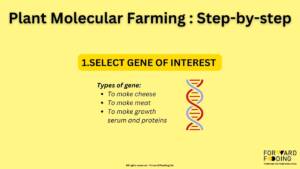
2. Genetic Modification
Now comes the pivotal step—genetic modification. A plant doesn’t have a gene capable of making cheese or meat- or it would be known. But thanks to incredible advances in technology, we are capable of genetically modifying the plant’s genome and inserting various genes. To this day, there are a few authorised plants capable of being used for molecular farming. These include safflower, soybean, tobacco, lettuce, pea, rice or even barley.
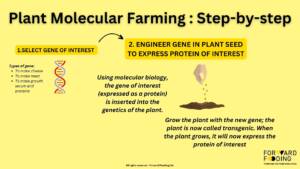
3. Growth and Cultivation
Once the plants are genetically modified, they are grown and cultivated just like regular crops. They require water, sunlight, and nutrients to thrive. This stage involves standard farming practices, and the modified plants grow into full-fledged crops.
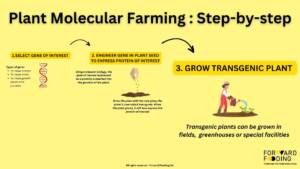
4. Harvesting and Processing
When the plants have reached the desired maturity, they are harvested. The leaves or seeds undergo processing to extract and purify the target protein.
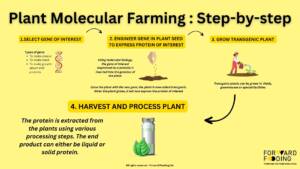
5. Mixing the target product with other ingredients
The purified proteins or substances obtained from plant molecular farming can be used to produce animal-free products in the food industry and enhance nutritional content or improve taste and texture.
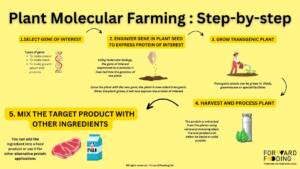
Some key companies working in the field
Plant molecular farming challenges and advantages
PMF offers several distinct advantages, including cost-effectiveness, reduced energy consumption, rapid production timelines (typically 4-8 weeks), and diminished infrastructure requirements.
But, it is not without its challenges. There are concerns regarding potential environmental risks associated with the spread of PMF to wild populations, which could disrupt ecosystems and may necessitate regulatory oversight.
Societal apprehensions surrounding genetically modified organisms (GMOs) and ethical objections may also pose barriers to the widespread acceptance of PMF. In plant molecular farming, genetic modification is utilized, but it’s important to note that the modified plants are strictly used as production units and not intended for human consumption. Furthermore, when evaluating the quality and quantity of plant-derived proteins in comparison to traditional protein production methods, a GMO plant shouldn’t inherently compromise the quality of the protein. However, it’s essential to acknowledge that plant molecular farming applied to food production is still in its early stages, and as a result, ongoing research is necessary to address potential concerns and ensure the highest quality standards.
Finally, the transition from laboratory-scale results to commercial production is a formidable task, and the intricate downstream processing of target proteins adds to the complexity of this technology.
Some key takeaways
- Molecular farming is gaining attention in the food industry: the Good Food Institute (GFI) has recently hinted that “plant molecular farming” may represent a fourth pillar in the field of alternative proteins.
- It aims to produce animal proteins used in the texture and taste of eggs, dairy, and meat products. For instance, Moolec Science is making meat proteins.
- Plant Molecular Farming (PMF) is the key process, involving genetic modification of plants like soybean or pea to produce these proteins.
- PMF offers cost-effective and scalable solutions for sustainable ingredient production.
- It’s an intriguing and promising technology that deserves further exploration.
Interested in Sharing this Journey with Your Community?
Discover all our current FoodTech Explained graphics right here, ready for you to use them or adapt them to explain your technology solution.
Do you have any suggestions for our step-by-step tech explainer, or would love for us to cover other technology solutions for the food industry?
We’d love to hear from you, feel free to reach out to us at info@forwardfooding.com.
Follow us
Sponsored Articles
9 July 2025
Forward Fooding celebrates the selection of 12 pioneering startups for the inaugural pladis Accelerator Programme. From water lily popcorn to sugar-converting enzymes, these innovations represent the future of snacking, addressing obesity, sustainability, and personalized nutrition through cutting-edge food technology.
21 March 2025
Tim Ingmire, VP of Global Innovation & Technology at pladis, discusses how the snacking giant is supporting early-stage startups in foodtech, health, and sustainability through their accelerator program. Learn about their focus on personalized nutrition, functional foods, and future ingredients to bring innovative, delicious products to consumers worldwide.
8 February 2024
Future Food-Tech returns to San Francisco on March 21-22 Over 1,700 food-tech leaders, from CPG brands, retailers, ingredient providers, [...]
1 February 2023
The 4th edition of FoodTech 500 is taking off and we are excited to partner with NEOM for the third consecutive year to support the best international AgriFoodTech entrepreneurs.
10 February 2022
One of the elements we enjoy the most here at Forward Fooding about working with AgriFoodTech startups is being [...]

